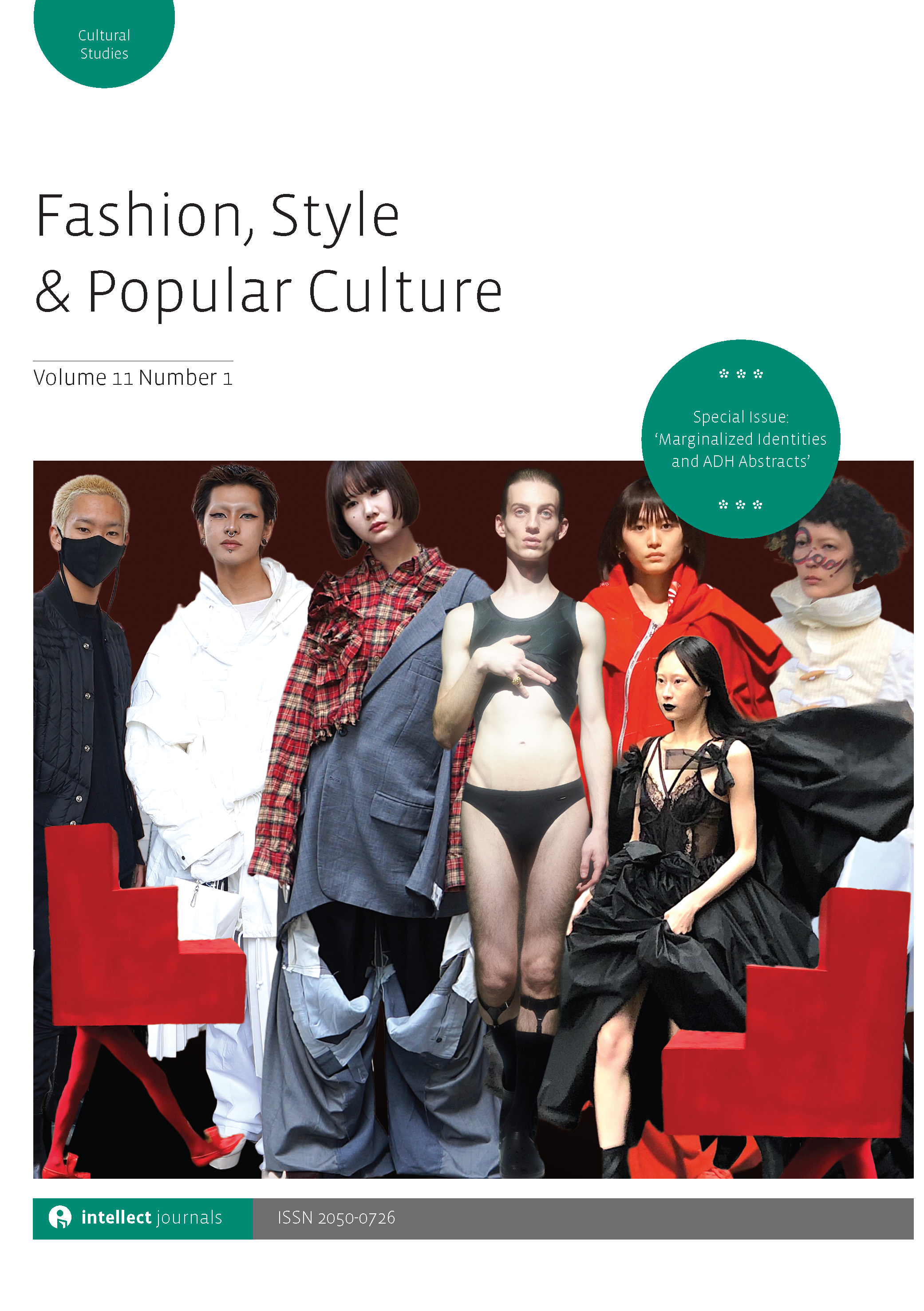
Full text loading...

 , Zinggara Hidayat1
, Zinggara Hidayat1 , Christopher Cornelis Lie1
, Christopher Cornelis Lie1 , Hanan Muhardiansyah1
, Hanan Muhardiansyah1
This study analyses the self-representation of the Indonesian metrosexual community on Instagram, focusing on how they use the platform to showcase their fashion style and express their identity as consumers and members of society. Metrosexuality is a relatively new phenomenon in Indonesia, but it has quickly gained popularity, particularly among urban men. Metrosexual men are typically highly interested in fashion, beauty and maintaining a healthy lifestyle. They are also more brand-conscious than traditional consumers and are willing to invest in high-quality products. Social media has become an essential platform for the metrosexual community to express themselves and connect with others. Instagram, in particular, has become a popular platform for metrosexual men to share photos and videos of their outfits. This study examines how metrosexual consumers use Instagram to showcase their fashion style through their posts. The study employs a qualitative approach within the constructivist paradigm, using phenomenological research methods, including interviews, observations and a literature review. The informants comprised ten Indonesian male Instagram users with the highest followers and engagement. The study’s findings suggest that metrosexual consumers prioritize comfort and suitability over brand and product prestige for day-to-day activities and social media engagement. Also, the study reveals that metrosexual consumers use Instagram to express themselves and share their activities with others. Their commitment to their appearance extends beyond the online realm to offline settings. The study’s managerial implications underscore the importance of attending to male consumers for products such as clothing.

Article metrics loading...

Full text loading...
References


Data & Media loading...
Publication Date:
https://doi.org/10.1386/fspc_00242_1 Published content will be available immediately after check-out or when it is released in case of a pre-order. Please make sure to be logged in to see all available purchase options.